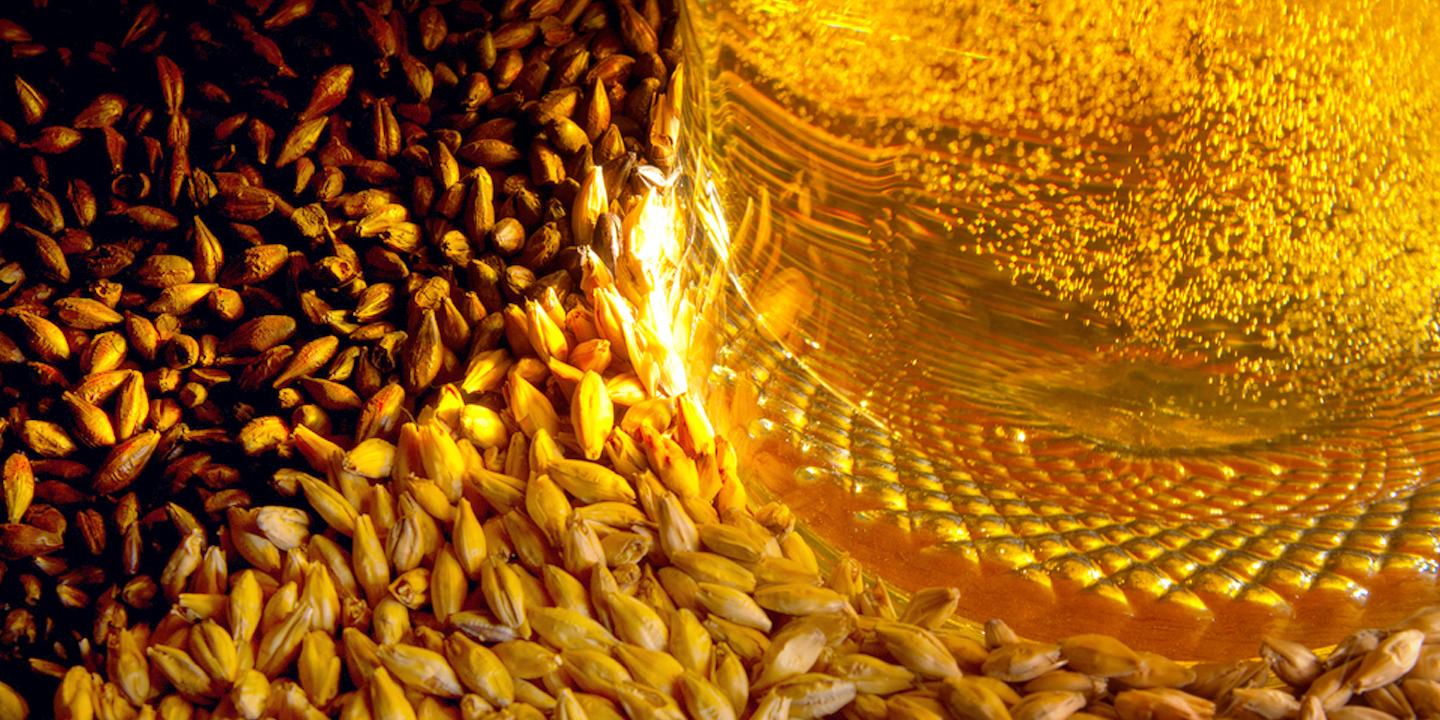Scotch Whisky 101 – Malt
Learn Whisky
We’re back today with another exciting chapter in our Scotch Whisky 101 series, so relax, pour yourself a dram, and let’s delve into another interesting aspect of the whisky-making process.
Barley was the topic of our last Scotch Whisky 101 piece, in which we broke down the different aspects of the grain, and explained how whisky flavour is impacted by the barley variety used. To summarize, the quality of barley used in whisky production has a much greater impact than the variety on the overall flavour of the whisky.
The quality and “health” of the grain is key, as it goes through several transformations during the whisky-making process, to reach an optimal form from which fermentable sugars can be easily extracted and, eventually, be turned into alcohol!
The most important change the barley undergoes occurs when the grain is turned into malted barley, or malt. This process prepares the grain for distillation, by allowing natural enzymes and nutrients to be released within.
Here is all you need to know about malt.
Malting Step-By-Step
- The barley is harvested when it’s golden, ripe and fully mature. The barley is cleaned and stored.
- The first step in the whisky production process is to soak the barley grains in water for two to three days. This increase in moisture allows the grains to sprout; this step is known as germination. As this happens, enzymes are released, which convert starch into the fermentable sugars that will later be transformed into alcohol by the yeast.
- When enough starch has transformed into fermentable sugars, the germination process is halted by heating and drying the grains with hot air. This is known as kilning. The barley still looks the same, but now, each grain contains the necessary nutrients and enzymes needed to make whisky. (This is also when the peaty, smoky flavour evident in many Scotch whiskies is infused, but we’ll talk about that in another piece dedicated to peat.)
- The malt is then milled into a flour-like consistency and is ready to be moved into the mash tun, for the mashing process to begin. But more on that later.
Single Malt
We all love a good single malt whisky; it’s why we write about it and why you take time out of your busy day to read what we have to say.
However, have you ever wondered why your favourite Scotch whiskies are described as single malts?
Well, the Scotch Whisky Regulations, the rules and guidelines that maintain the traditions and purity of Scotch whisky production, state the following:
To be considered a single malt Scotch whisky, the spirit must be made exclusively from malted barley and must be produced in the stills of a single distillery. It must also be aged for a minimum of three years, to ensure the cask has enough time to come into contact with, and impact, the whisky’s final flavour.
While some whiskies are made using several different grains including rye and wheat and are aged for a rather short amount of time, a pure single malt Scotch is bound by rules and tradition, which ultimately deliver the most sought-out whiskies in the world!



